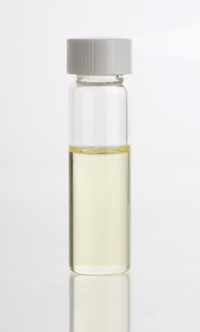
Photo from wikipedia
Patagonia is a geographical area characterized by a wide plant biodiversity. Several native plant species are traditionally used in medicine by the local population and demonstrated to be sources of… Click to show full abstract
Patagonia is a geographical area characterized by a wide plant biodiversity. Several native plant species are traditionally used in medicine by the local population and demonstrated to be sources of biologically active compounds. Due to the massive need for green and sustainable pesticides, this study was conducted to evaluate the insecticidal activity of essential oils (EOs) from understudied plants growing in this propitious area. Ciprés (Pilgerodendron uviferum), tepa (Laureliopsis philippiana), canelo (Drimys winteri), and paramela (Adesmia boronioides) EOs were extracted through steam distillation, and their compositions were analyzed through GC–MS analysis. EO contact toxicity against Musca domestica L., Spodoptera littoralis (Boisd.), and Culex quinquefasciatus Say was then evaluated. As a general trend, EOs performed better on housefly males over females. Ciprés EO showed the highest insecticidal efficacy. The LD50(90) values were 68.6 (183.7) and 11.3 (75.1) µg adult−1 on housefly females and males, respectively. All EOs were effective against S. littoralis larvae; LD50 values were 33.2–66.7 µg larva−1, and tepa EO was the most effective in terms of LD90 (i.e., <100 µg larva−1). Canelo, tepa, and paramela EOs were highly effective on C. quinquefasciatus larvae, with LC50 values < 100 µL L−1. Again, tepa EO achieved LD90 < 100 µL L−1. This EO was characterized by safrole (43.1%), linalool (27.9%), and methyl eugenol (6.9%) as major constituents. Overall, Patagonian native plant EOs can represent a valid resource for local stakeholders, to develop effective insecticides for pest and vector management, pending a proper focus on their formulation and nontarget effects.
Journal Title: Plants
Year Published: 2022
Link to full text (if available)
Share on Social Media: Sign Up to like & get
recommendations!